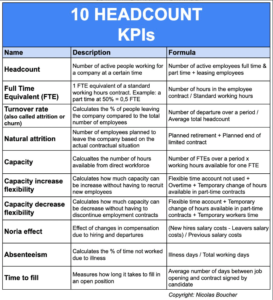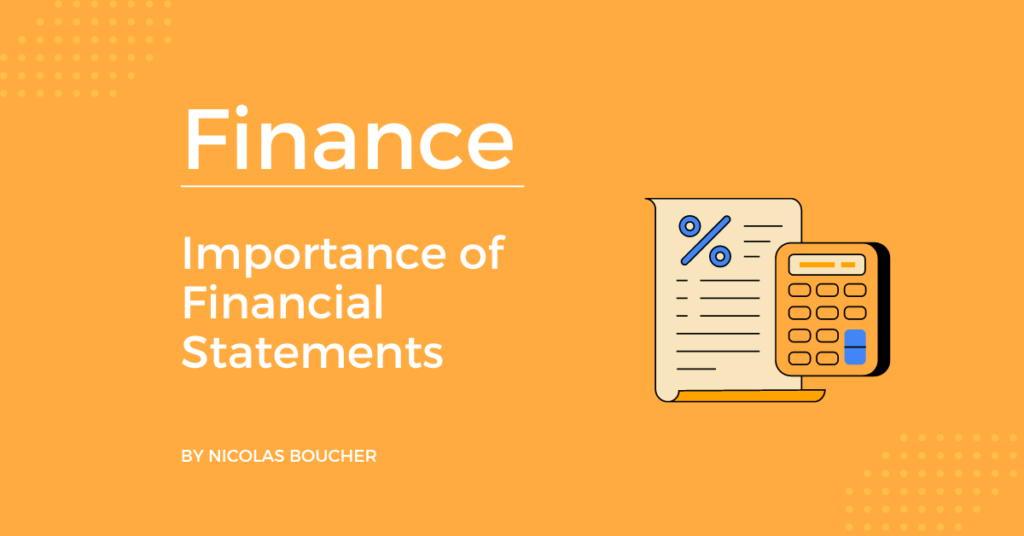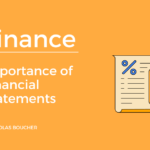Are you looking for a way to determine your company’s strategic, financial, and operational achievements? Moreover, do you want to compare them to other businesses within the same sector? Then, the Headcount KPIs are the way to go!
Table of Contents
What Are Headcount KPIs?
Headcount KPIs, or Headcount key performance indicators, are performance measurements. Furthermore, more precisely, they can help you evaluate the success of your organization or a specific activity.
For instance, you can measure against your targets or objectives. Moreover, they can help you compare your success to other industry peers.
However, there are a few types of KPIs to consider, such as strategic KPIs, operational, functional, or leading/lagging KPIs.
Most Important Headcount KPIs To Learn
Therefore, here are the most important Headcount KPIs to consider.

Headcount
Description: Number of active people working for a company at a certain time.
Formula: Number of active employees full-time & part-time + leasing employees
Full Time Equivalent (FTE) Headcount KPIs
Description: 1 FTE equivalent of a standard working hours contract. Example: a part-time at 50% = 0,5 FTE.
Formula: Number of hours in the employee contract / Standard working hours
Turnover Rate
(also called attrition or churn)
Description: Calculates the % of people leaving the company compared to the total number of employees.
Formula: Number of departure over a period / Average total headcount
Natural Attrition
Description: Number of employees planned to leave the company based on the actual contractual situation.
Formula: Planned retirement + Planned end of limited contract
Capacity
Description: Calculates the number of hours available from direct workforce.
Formula: Number of FTEs over a period x working hours available for one FTE
Capacity Increase Flexibility
Description: Calculates how much capacity can be increased without having to recruit new employees.
Formula: Flexible time account not used + Overtime + Temporary change of hours available in part-time contracts
Capacity Decrease Flexibility
Description: Calculates how much capacity can be decreased without having to discontinue employment contracts.
Formula: Flexible time account + Temporary change of hours available in part-time contracts + Temporary workers time
Noria Effect
Description: Effect of changes in compensation due to hiring and departures.
Formula: (New hires salary costs – Leavers salary costs) / Previous salary costs
Absenteeism KPIs
Description: Calculates the % of the time not worked due to illness.
Formula: Illness days / Total working days
Time To Fill
Description: Measures how long it takes to fill in an open position.
Formula: Average number of days between job opening and contract signed by the candidate
The Bottom Line – Headcount KPIs Are Important, but There Are Others Too
In conclusion, KPIs can help you effectively measure and track your performance across several metrics. But while KPIs are key in finance, it’s important to remember they vary from industry to industry, depending on performance criteria.
Finally, If you want to learn more about FP&A, budgeting, forecasting, as well as other finance topics, you can take my course.











